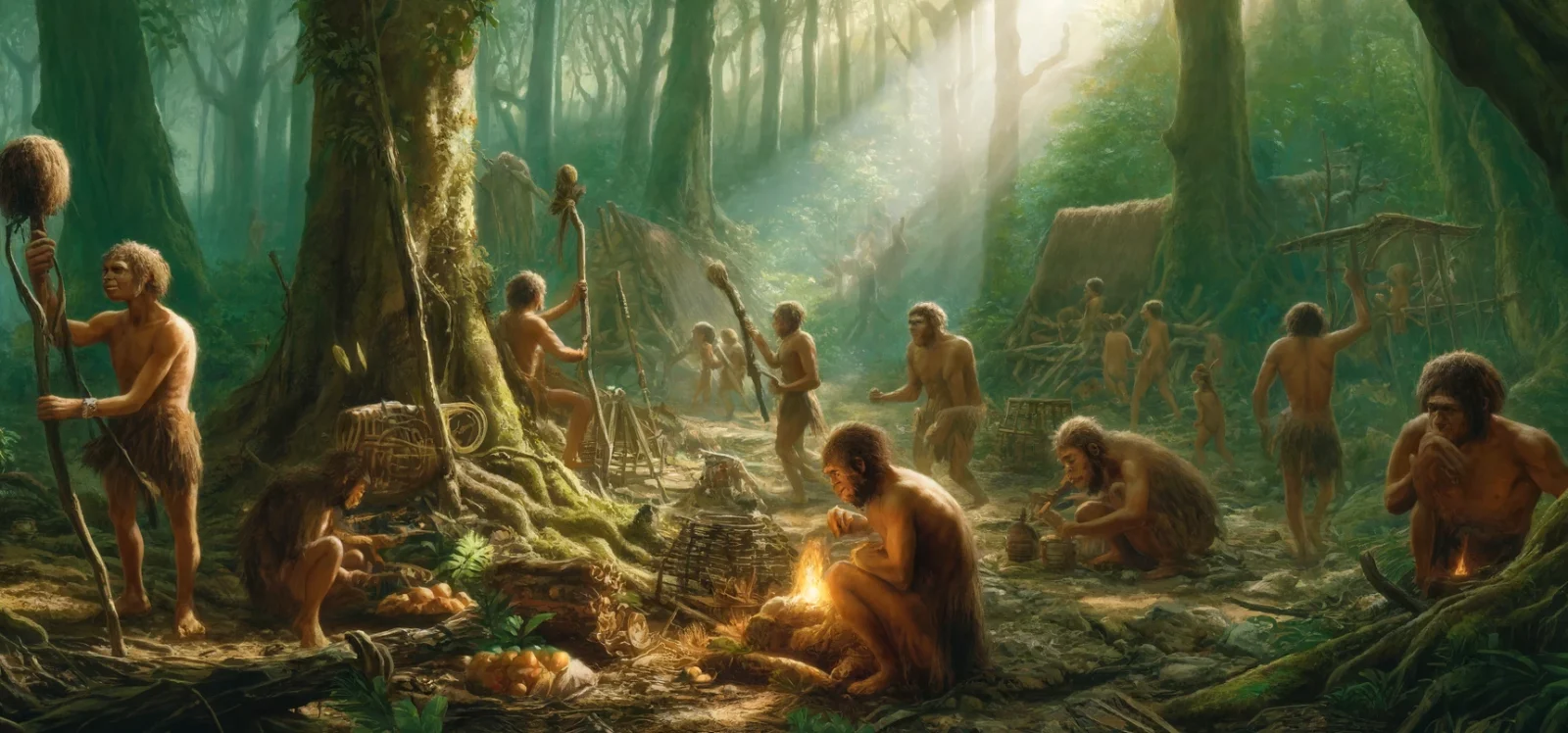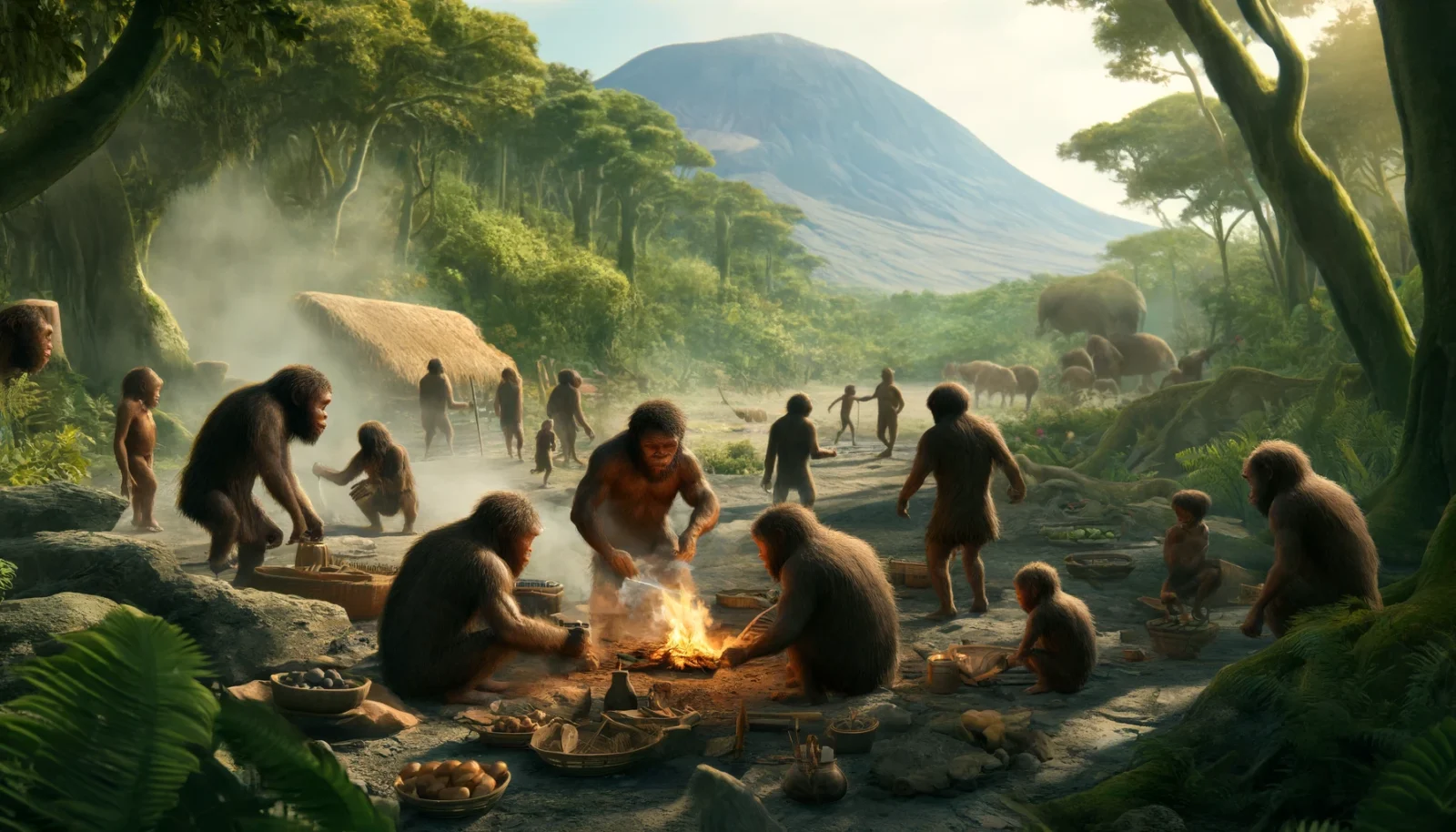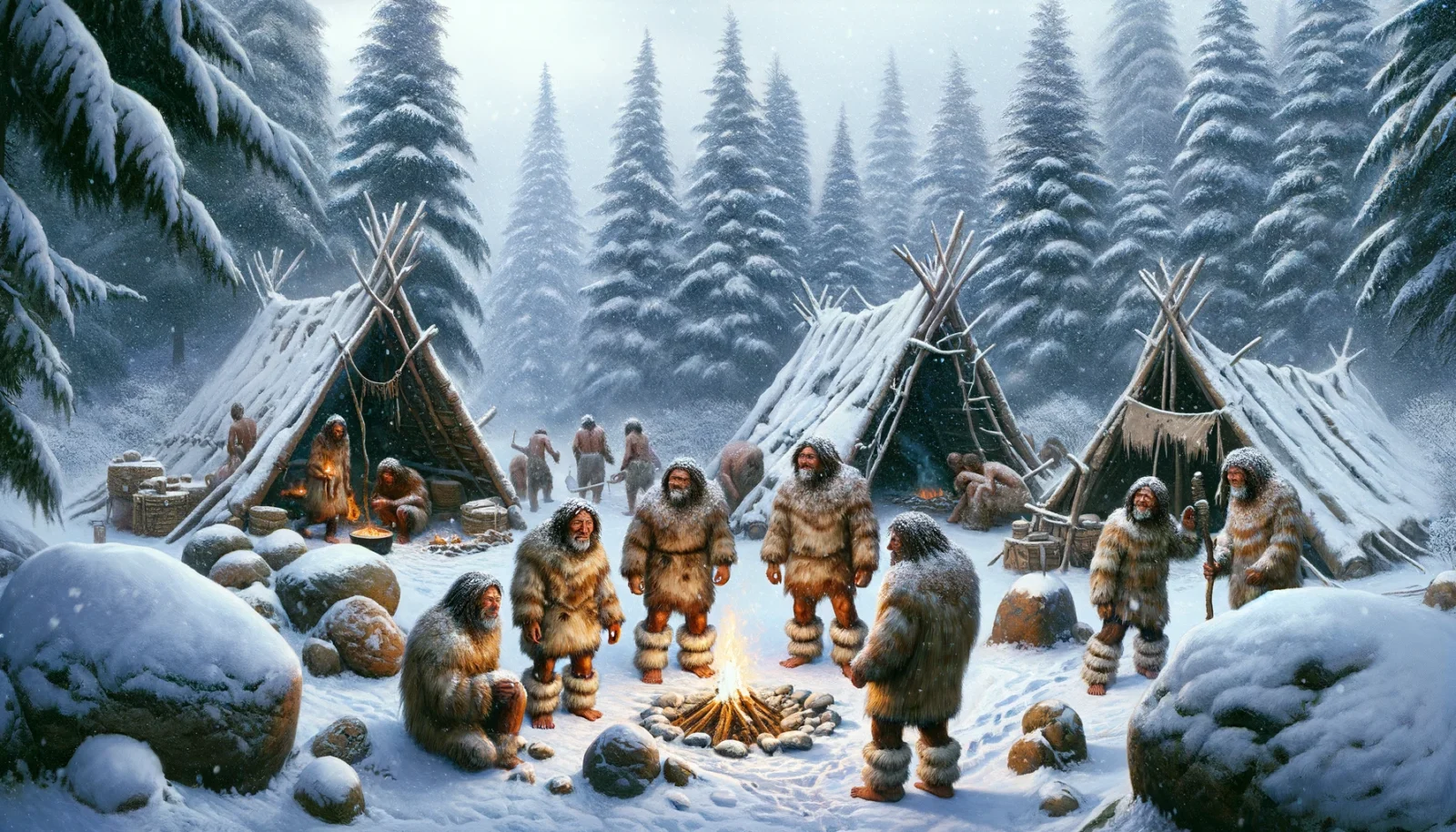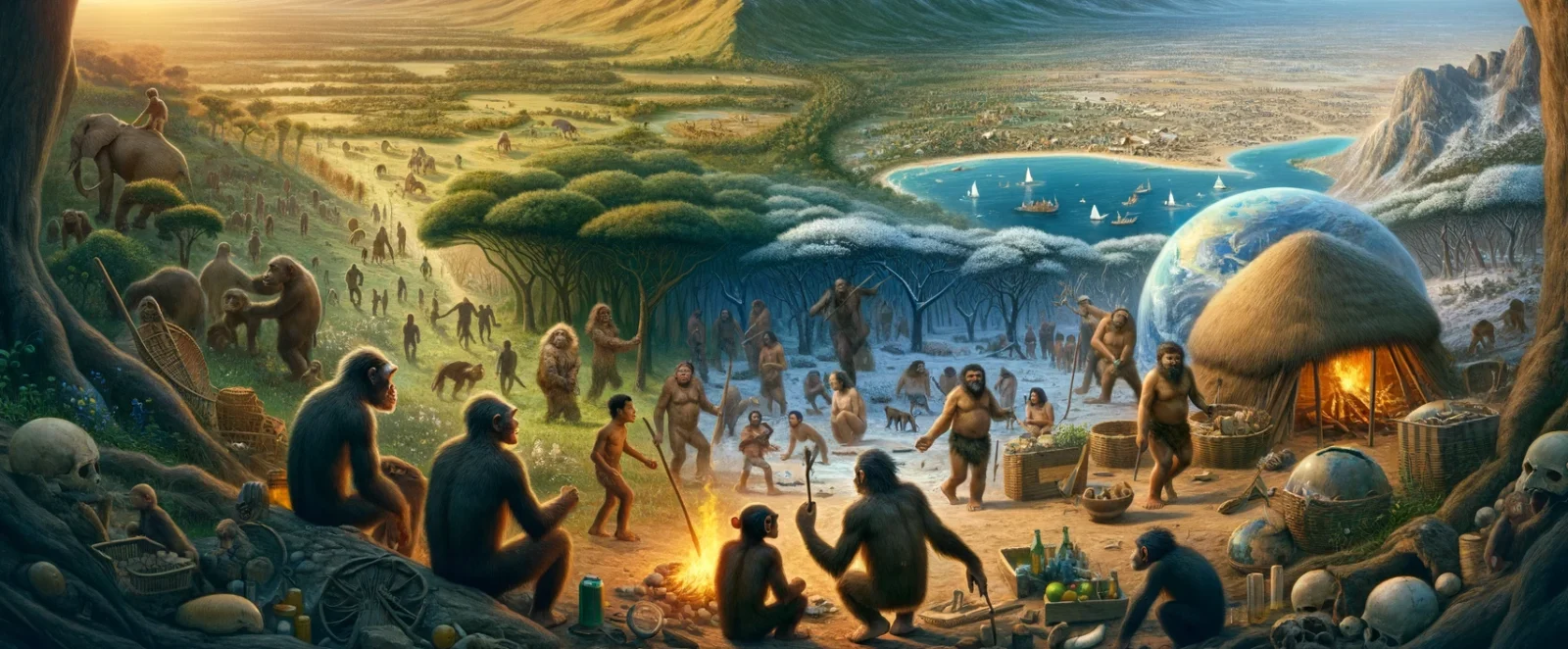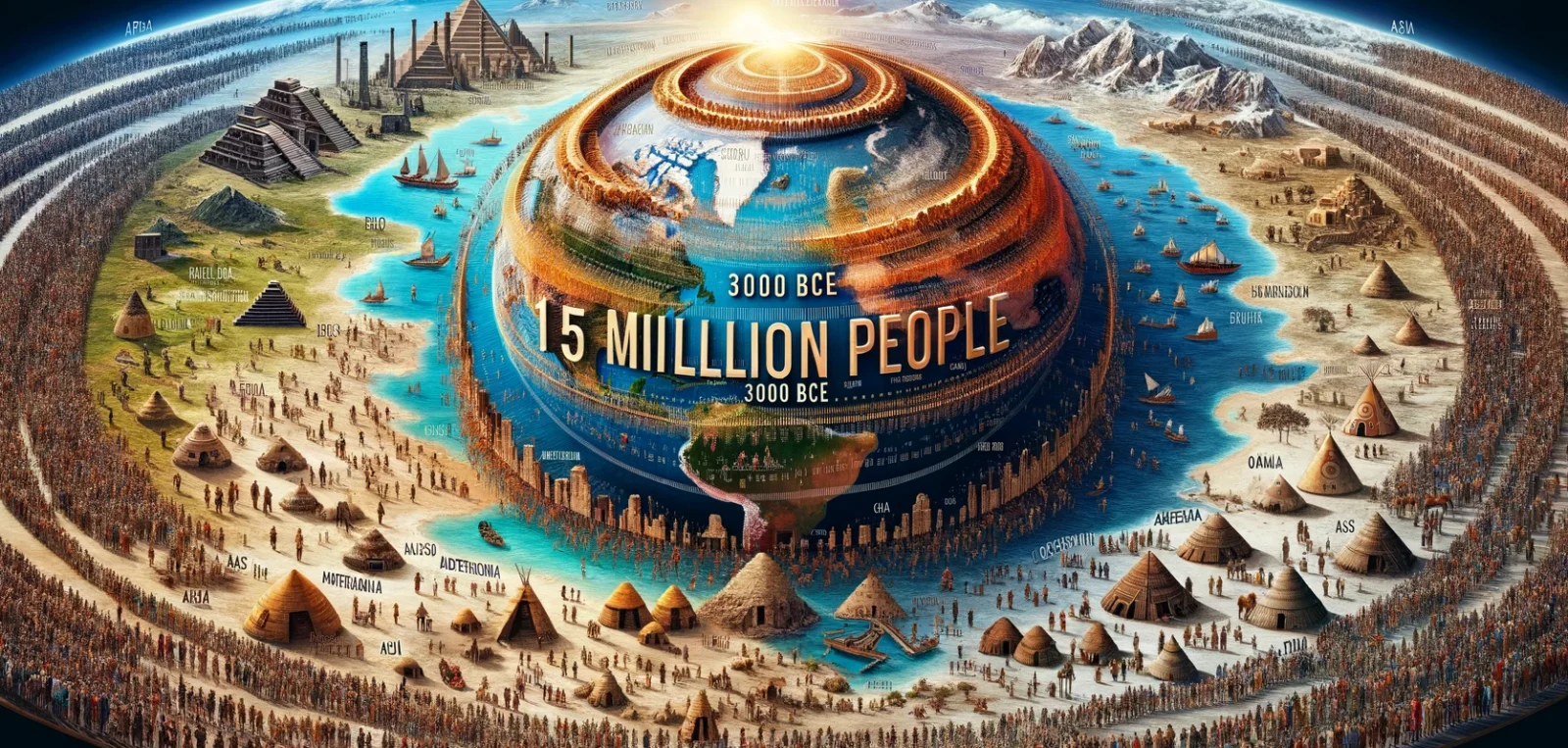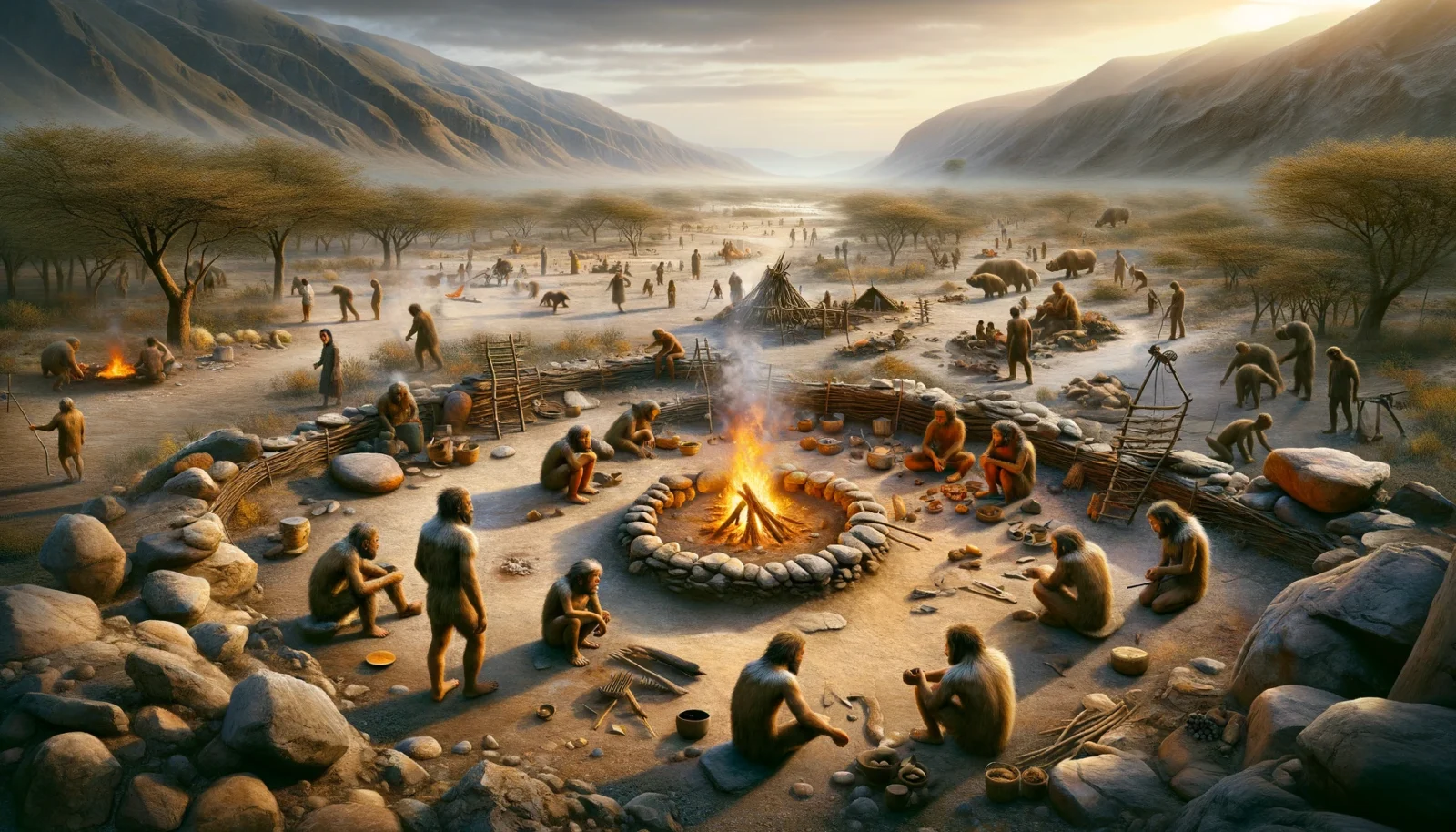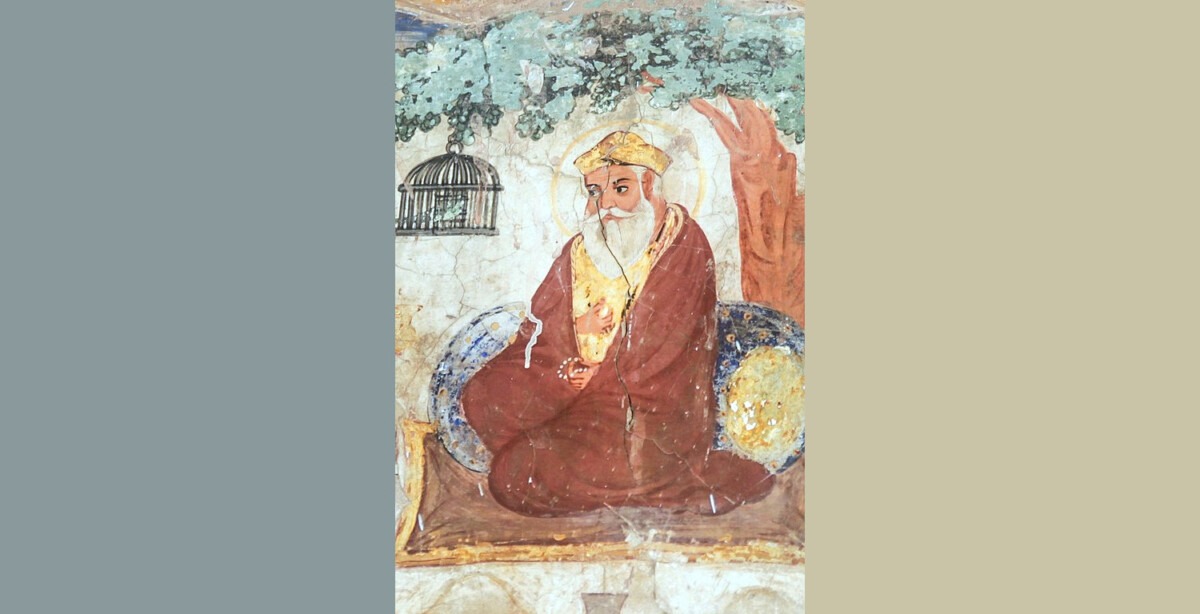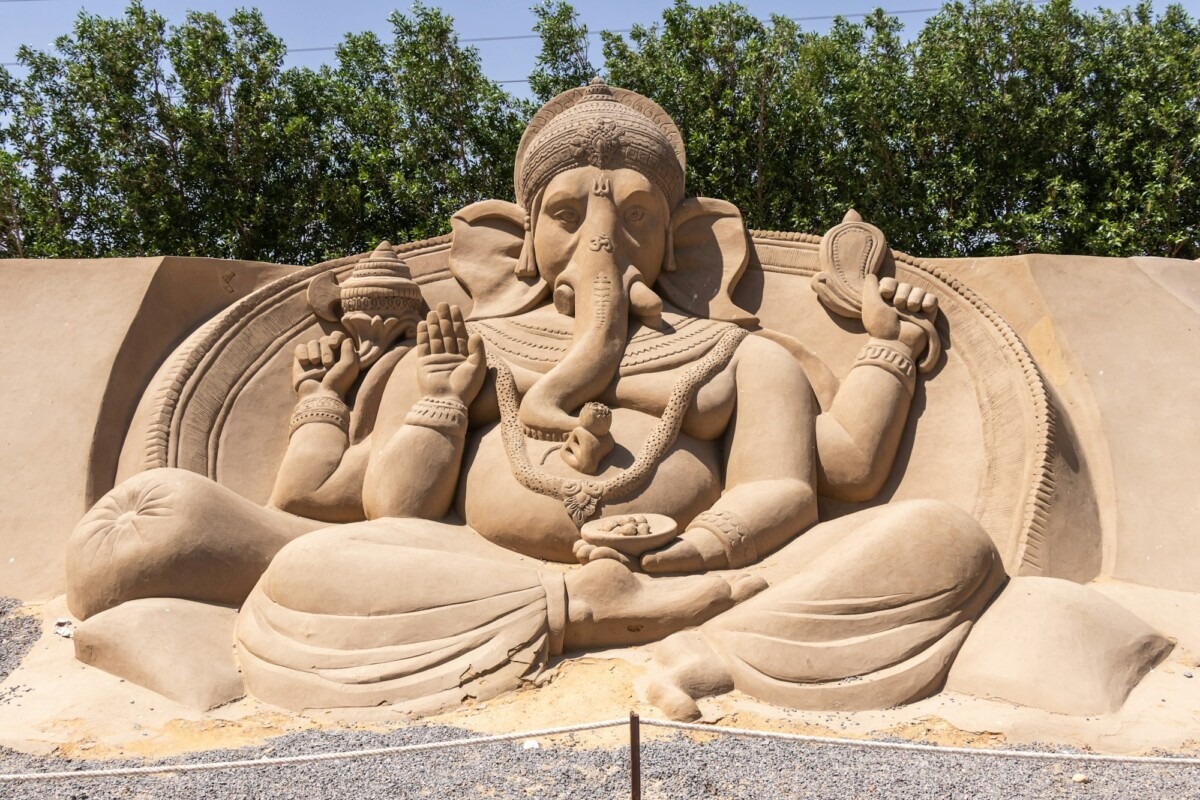Extinction: Homo heidelbergensis
Homo heidelbergensis lived in Africa, Europe and Asia from 700,000 to 200,000 years ago. They coexisted with humans in Africa, Europe, and Asia from our emergence around 315,000 years ago until their extinction about 200,000 years ago. Imagined Image: A Homo heidelbergensis campsite a few thousand years before they went extinct, set in a lush European […]
Extinction: Homo heidelbergensis Read More »


